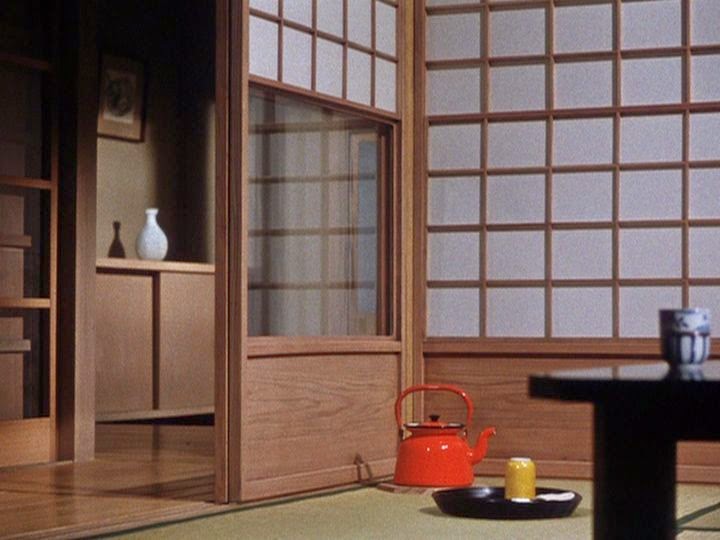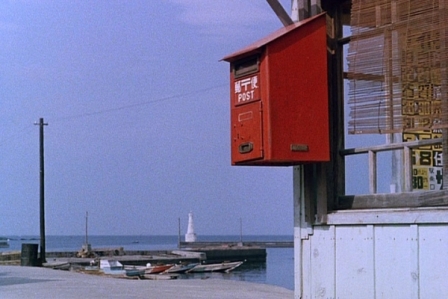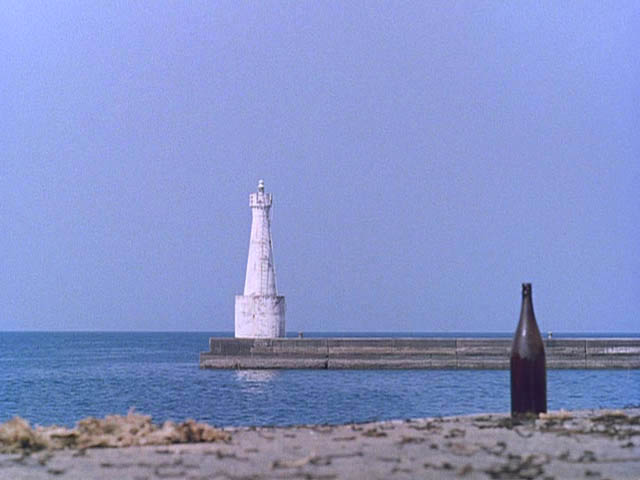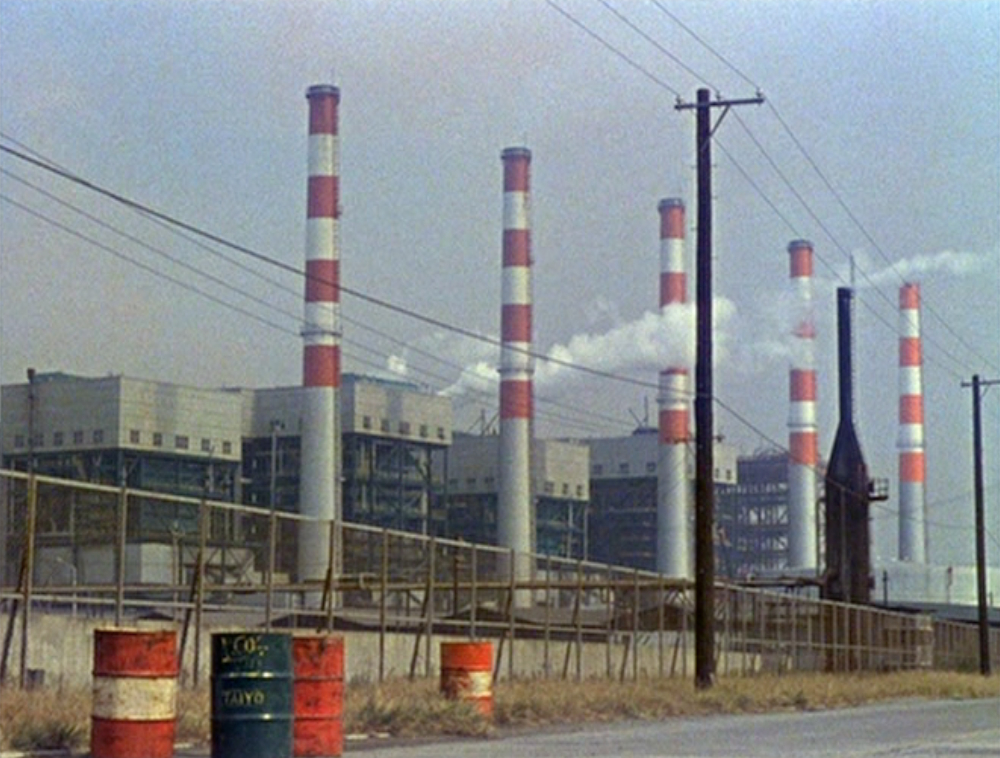cz23
-
Not to open that can of worms again, but "street photography" needs a little flaneur sensibility, IMO. Of course, I agree about labels and the problems they cause. Not only in photography.
John
John
vitaly66
slightly tilted
Funny Face (1957), Audrey Hepburn and Fred Astaire.
The darkroom dance sequence is unique and a lot of fun, one of my favorite dance sequences in cinema.
And who cannot enjoy Audrey Hepburn at the peak of her youthful beauty!
The darkroom dance sequence is unique and a lot of fun, one of my favorite dance sequences in cinema.
And who cannot enjoy Audrey Hepburn at the peak of her youthful beauty!
Big Ursus
Well-known
Great thread!
gb hill, thanks for "The life of W. Eugene Smith: Photography Made Difficult". It's lovely! John Berger's appearance in it is a marvelous surprise.
Also, another thumb's up for "Everybody Street," which I found on Youtube a while ago.
gb hill, thanks for "The life of W. Eugene Smith: Photography Made Difficult". It's lovely! John Berger's appearance in it is a marvelous surprise.
Also, another thumb's up for "Everybody Street," which I found on Youtube a while ago.
cz23
-
I'm re-watching "Schindler's List" now. It's not about a photographer or photography, but, wow!, what gorgeous compositions, lighting, and black and white. So beautiful to look at and so horrifying to contemplate.
John
John
filmtwit
Desperate but not serious
Unbearable Lightness of Being - The Julliette Binoche character is a photographer who ends up documenting part of the Soviet invasion during the Prague Spring
jkcampbell
Established
The Photographer (2000)
The Photographer (2000)
The Photographer (2000)
A Photographer has a single evening to find ten magical photographs or else he stands to lose everything that is important to him.
http://www.imdb.com/title/tt0240802/
Pecker is still my favorite!
The Photographer (2000)
The Photographer (2000)
A Photographer has a single evening to find ten magical photographs or else he stands to lose everything that is important to him.
http://www.imdb.com/title/tt0240802/
Pecker is still my favorite!
mad mike
Member
"Funny Face (1957), Audrey Hepburn and Fred Astaire.
The darkroom dance sequence is unique and a lot of fun, one of my favorite dance sequences in cinema.
And who cannot enjoy Audrey Hepburn at the peak of her youthful beauty!
__________________
Vitaly
Valid point, but nobody mentioned her breakthrough film-Roman Holiday- with
Gregory Peck as the photographer
The darkroom dance sequence is unique and a lot of fun, one of my favorite dance sequences in cinema.
And who cannot enjoy Audrey Hepburn at the peak of her youthful beauty!
__________________
Vitaly
Valid point, but nobody mentioned her breakthrough film-Roman Holiday- with
Gregory Peck as the photographer
madNbad
Well-known
"An Unlikely Weapon, The Eddie Adams Story" great look at the life of a man and his work.
colker
-
Lipstick..
A crime thriller which features Francesco Scavullo shooting Margaux Hemingway at the studio in 2 or 3 scenes.
Funny Face. Fred Astaire plays a photographer inspired by Avedon.
Bridges of Madison... Clint Eastwood plays a photographer.
A crime thriller which features Francesco Scavullo shooting Margaux Hemingway at the studio in 2 or 3 scenes.
Funny Face. Fred Astaire plays a photographer inspired by Avedon.
Bridges of Madison... Clint Eastwood plays a photographer.
peterm1
Mentor
Anything by Yasujiro Ozu could appeal to photographers for lessons on framing and composition. He was a Japanese director who started making films in the silent era and continued until he died in 1963. He created beautiful images and he is known for his exquisite composition which is very photographer like in its style. He made frequent use of the color red in his imagery ..... for no reason other than that it looked good. Also he is known for shooting all of his films with a 50mm lens usually with deep depth of field- no bokeh for Ozu.
A couple of videos on his style:
https://www.youtube.com/watch?v=0Ra0xEQ8yaU
https://www.youtube.com/watch?v=ujAldDnOYWQ&t=121s
And some typical Images:




A couple of videos on his style:
https://www.youtube.com/watch?v=0Ra0xEQ8yaU
https://www.youtube.com/watch?v=ujAldDnOYWQ&t=121s
And some typical Images:




colker
-
Anything by Yasujiro Ozu could appeal to photographers for lessons on framing and composition. He was a Japanese director who started making films in the silent era and continued until he died in 1963. He created beautiful images and he is known for his exquisite composition which is very photographer like in its style. He made frequent use of the color red in his imagery ..... for no reason other than that it looked good. Also he is known for shooting all of his films with a 50mm lens usually with deep depth of field- no bokeh for Ozu.
A couple of videos on his style:
https://www.youtube.com/watch?v=0Ra0xEQ8yaU
https://www.youtube.com/watch?v=ujAldDnOYWQ&t=121s
And some typical Images:




Ozu is a Giant.
huyvuvn
Architekt
The Fall (2006), not related to photography or photographers but it has a bunch of beautiful, fantastic, gorgeous cinematic scene and I learned a lot from this film about composition & color using.
Sega
Established
There's a recent release on Netflix called Kodachrome with Ed Harris and Jason Sudeikis, it is a bit of a road trip movie but I found it pretty good and have watched it twice now.
madNbad
Well-known
I watched Stanley Kubrick's "Barry Lyndon" last night, most out of curiosity about the cinematography. I had read it was shot in all natural light but apparently some of the scenes were augmented with supplemental lighting. The candlelit scenes were filmed by just the light of the candles. The candles were made of a special mixture and had three wicks to insure they would burn brightly. I was trying to find out more details on the lens he used and found this:http://neiloseman.com/barry-lyndon-the-full-story-of-the-famous-f0-7-lenses/
peterm1
Mentor
I watched Stanley Kubrick's "Barry Lyndon" last night, most out of curiosity about the cinematography. I had read it was shot in all natural light but apparently some of the scenes were augmented with supplemental lighting. The candlelit scenes were filmed by just the light of the candles. The candles were made of a special mixture and had three wicks to insure they would burn brightly. I was trying to find out more details on the lens he used and found this:http://neiloseman.com/barry-lyndon-the-full-story-of-the-famous-f0-7-lenses/
At the bottom of the link you provided is this link which is also interesting to read and to learn from.
http://neiloseman.com/8-ways-barry-lyndon-emulates-paintings/
And another I found when looking further may interest photographers.
https://wolfcrow.com/blog/the-focal-lengths-and-lenses-used-by-great-directors/
helen.HH
A smile & a wink…
reviving Sara's thread...
Just got turned unto this Movie... Link at bottom
I am a Big 'Dirk Bogarde' fan I was keen to see this One
To Start, the B&W Cinematography is Exquisite, lots of Inky Blacks, Light ever so Beautiful, jaw dropping
Excellent Cast, admittedly the Movie starts off slow but that's ok simply because the B&W 'look' of real film is intoxicating...
and if John Henderson does not mind me quoting him about this film
" It is one of the great British noir movies - and this was the movie that made Dirk a breakout star for his performance. It is the sort of cinematography you would expect from Ealing during this period, as they all received excellent training during the war for making short training and propaganda movies."
Thanks again for your yummy find John!
Link to watch the British Noir Classic: The Blue Lamp
https://archive.org/details/TheBlueLamp1950
Just got turned unto this Movie... Link at bottom
I am a Big 'Dirk Bogarde' fan I was keen to see this One
To Start, the B&W Cinematography is Exquisite, lots of Inky Blacks, Light ever so Beautiful, jaw dropping
Excellent Cast, admittedly the Movie starts off slow but that's ok simply because the B&W 'look' of real film is intoxicating...
and if John Henderson does not mind me quoting him about this film
" It is one of the great British noir movies - and this was the movie that made Dirk a breakout star for his performance. It is the sort of cinematography you would expect from Ealing during this period, as they all received excellent training during the war for making short training and propaganda movies."
Thanks again for your yummy find John!
Link to watch the British Noir Classic: The Blue Lamp
https://archive.org/details/TheBlueLamp1950
Share:
-
This site uses cookies to help personalise content, tailor your experience and to keep you logged in if you register.
By continuing to use this site, you are consenting to our use of cookies.

